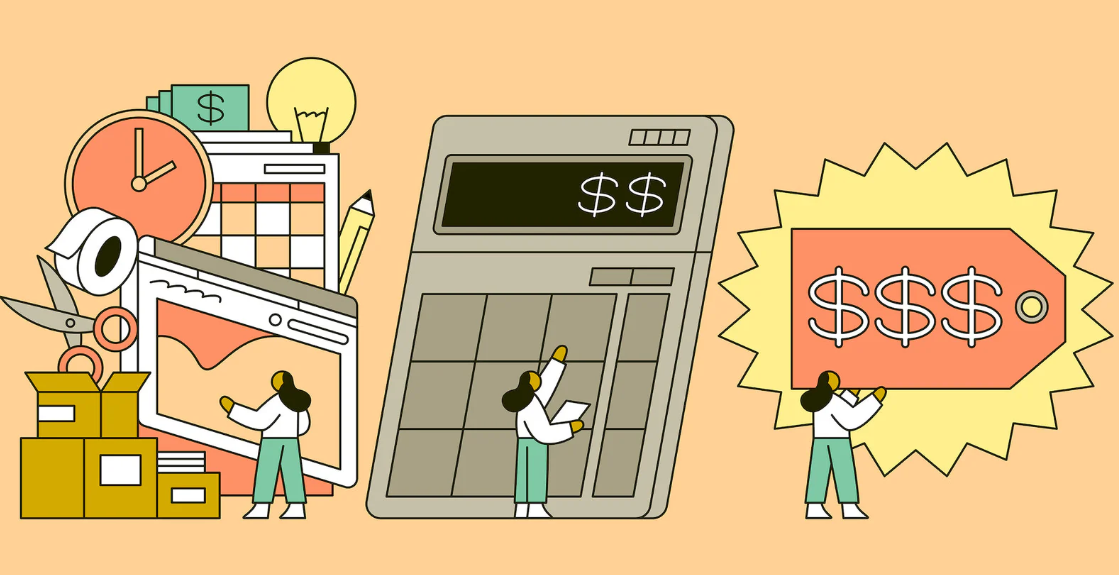I was recently asked how I price the drinks and snacks in my vending machines. That’s a question I hear a lot, especially from people just getting started in the vending business. Pricing might seem simple on the surface, but it can actually make or break your profits.
The short answer is this: your prices should be high enough to make a solid profit, but still cheaper than the local gas station or convenience store. That balance keeps customers happy while making sure you earn enough to keep growing.
But here’s the thing, pricing is going to look different in every market. What works in one town or location may not work in another. That’s why you have to do a little research, know your numbers, and pay attention to what people around you are willing to spend.
Here’s how I do it in my own business and how you can figure it out for yours.
1. Know What You’re Paying
Before you set any price, you need to understand your real costs. That includes:
- What you paid for the product (buying in bulk is key)
- Sales tax (if your area requires it)
- Card processing fees (usually around 5% to 7%)
- Gas and time to restock
- Any machine maintenance or repairs
For example, I buy 20 oz bottles of Pepsi from a local warehouse for $1.12 each. After fees and gas, my actual cost is closer to $1.25 per bottle. I sell that same bottle in my vending machines for $2.25.
Now compare that to my local Casey’s gas station, where the same drink sells for $2.79. So I’m giving customers a better deal and making a solid profit of about $1.00 per sale.
That’s exactly the kind of pricing sweet spot you should aim for.
2. Understand Your Local Market
Every area is different, and so is every vending location. A small town might not support the same pricing as a big city. A machine in an office might allow for higher pricing than one in a school.
Here are a few things to consider:
- What are local gas stations or convenience stores charging?
- Are you in a high-traffic or low-income area?
- Are people buying out of convenience or necessity?
You want your prices to feel fair—not too cheap, not too high. If customers see your vending machine as the “better deal” compared to a store down the street, they’ll come back again and again.
3. Make Sure You’re Actually Profiting
Your vending business should pay you back for your time, gas, and effort, not just cover the cost of the product.
Here’s a quick breakdown using my Pepsi example:
- Product cost: $1.12
- After fees and expenses: $1.25
- My selling price: $2.25
- Net profit: $1.00 per bottle
If I sell 10 bottles a week from one machine, that’s $10 profit from just one item. Multiply that by several items across multiple machines, and the numbers start adding up fast.
This is why pricing matters so much. Undercharge, and you leave money on the table. Overcharge, and you lose sales. The key is to be strategically cheaper than nearby retail prices while still turning a strong profit.
4. Use Clean, Friendly Price Points
Stick with prices people are used to seeing. Things like $1.25, $1.50, or $2.00 work well. A price like $2.37 feels awkward and might make people hesitate.
People don’t mind paying more than a dollar for convenience as long as it feels reasonable. And when your prices beat the store by 30 or 50 cents, they feel like they’re getting a good deal.
5. Watch and Adjust Based on What Sells
If something isn’t selling, it could be the price. If it sells too fast, you might have room to raise the price just a little. Always watch your machine’s performance and don’t be afraid to make small adjustments.
Pricing isn’t a “set it and forget it” part of this business. It’s something you refine as you go.
Final Thoughts
If you’re just getting started in the vending world, remember that your goal is to make a profit while still offering a better deal than the local gas station. Customers love convenience but they love saving money even more.
Start by knowing your real costs. Check what others are charging nearby. Then price your items where you can make a healthy profit and still feel like the better option.
If you need more help figuring out pricing or selecting the right products for your area, feel free to explore the rest of the blog or reach out. I’m always happy to share what I’ve learned along the way.
Smart pricing builds trust with your customers and keeps your vending business moving in the right direction.



